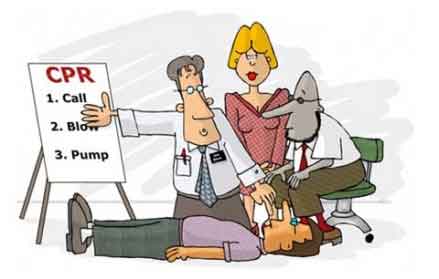Frequent simulation-based training may improve CPR proficiency among hospital staff

A new training model improved CPR skills in a clinical setting according to research presented during the Resuscitation Science Symposium at the American Heart Association’s Scientific Sessions 2016.
 Currently, hospital staff are only required to undergo formal CPR training every two years. This study examined whether CPR proficiency within a hospital setting could be improved with low dose-high frequency psychomotor simulation among hospitals using the American Heart Association’s Resuscitation Quality Improvement™ (RQI) mobile simulation stations.
Currently, hospital staff are only required to undergo formal CPR training every two years. This study examined whether CPR proficiency within a hospital setting could be improved with low dose-high frequency psychomotor simulation among hospitals using the American Heart Association’s Resuscitation Quality Improvement™ (RQI) mobile simulation stations.
“High-quality CPR is essential for functional survival from cardiac arrest,” said lead study author Michael C. Kurz, M.D., M.S., an associate professor in the Department of Emergency Medicine at the University of Alabama at Birmingham. “However, the opportunity to perform CPR is too infrequent currently to maintain proficiency for most providers.”
In the study, two mobile simulation stations were placed in the emergency department of the University of Alabama at Birmingham Hospitals. Quarterly training simulations were integrated into the normal duties of 150 emergency department nurses beginning in June 2015.
When compared to baseline data, use of mobile simulation stations for one year was associated with improved simulated chest compression fraction as well as percentage of compressions with both adequate recoil and depth.
“Furthermore, clinical data collected before and after RQI implementation demonstrated a 14 percent improvement in chest compression fraction delivered to cardiac arrest victims in the Emergency Department,” Kurz said.
Source: American Heart Association
Full bibliographic information:
Low Dose-High Frequency Psychomotor Cardiopulmonary Resuscitation Training in the Emergency Department Improves Simulated and Clinical Chest Compression Fraction




